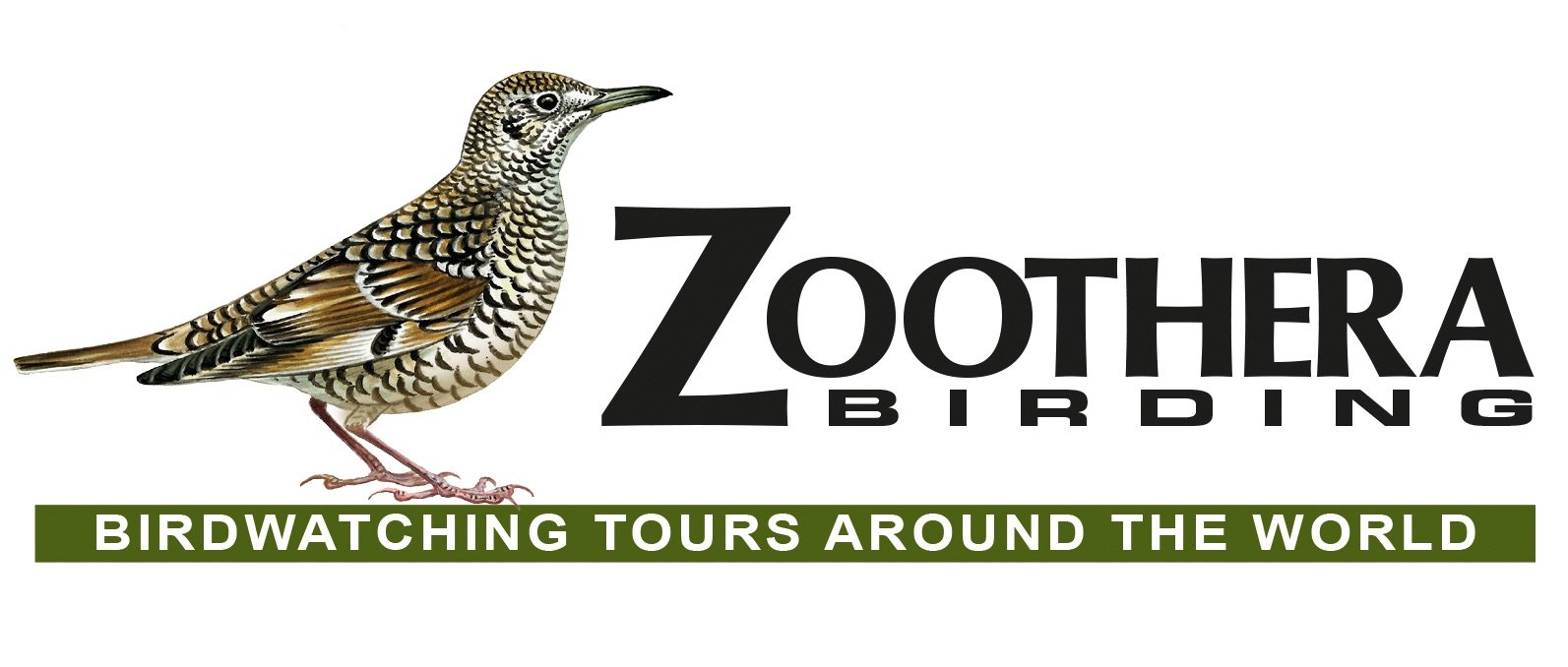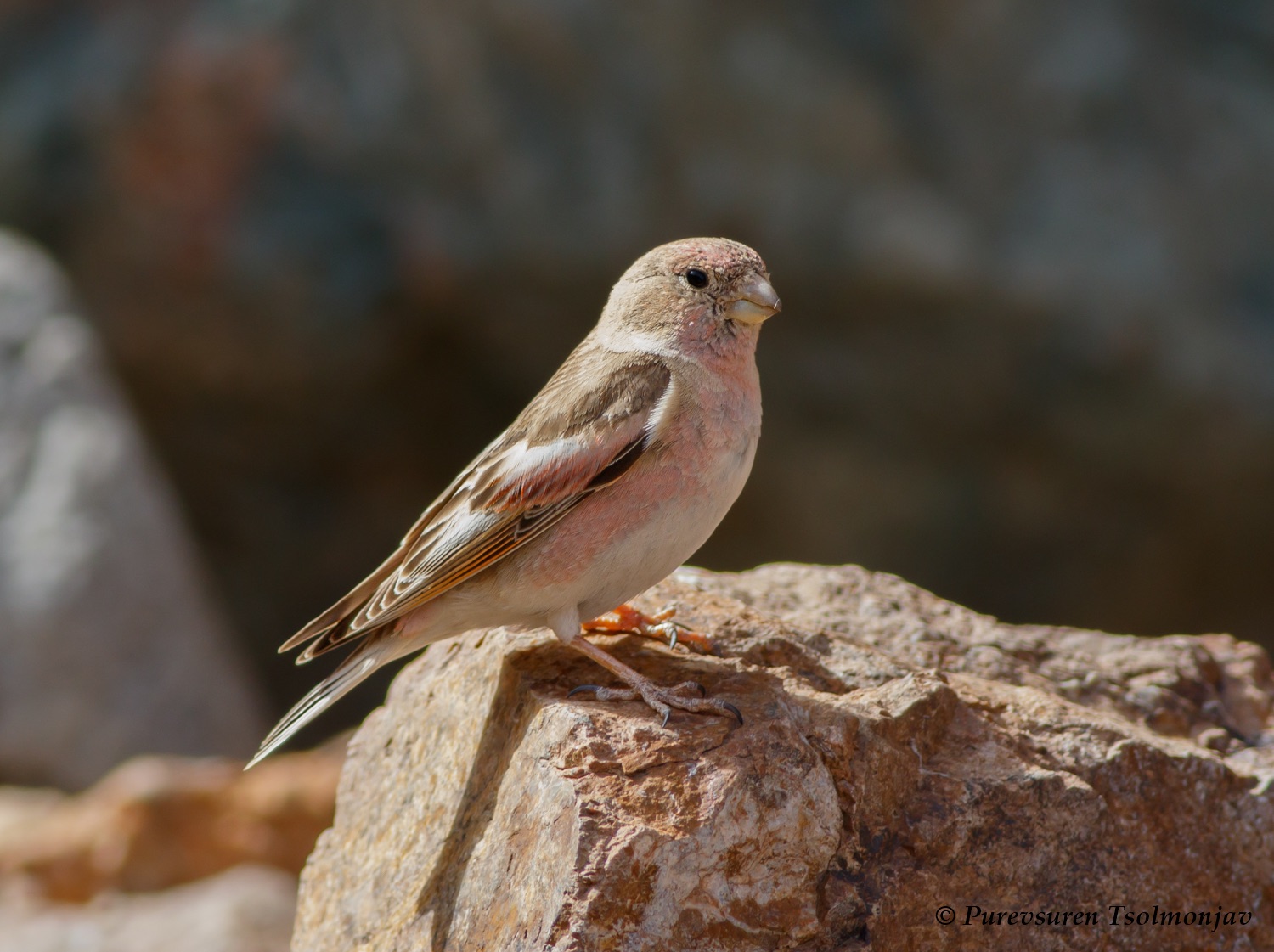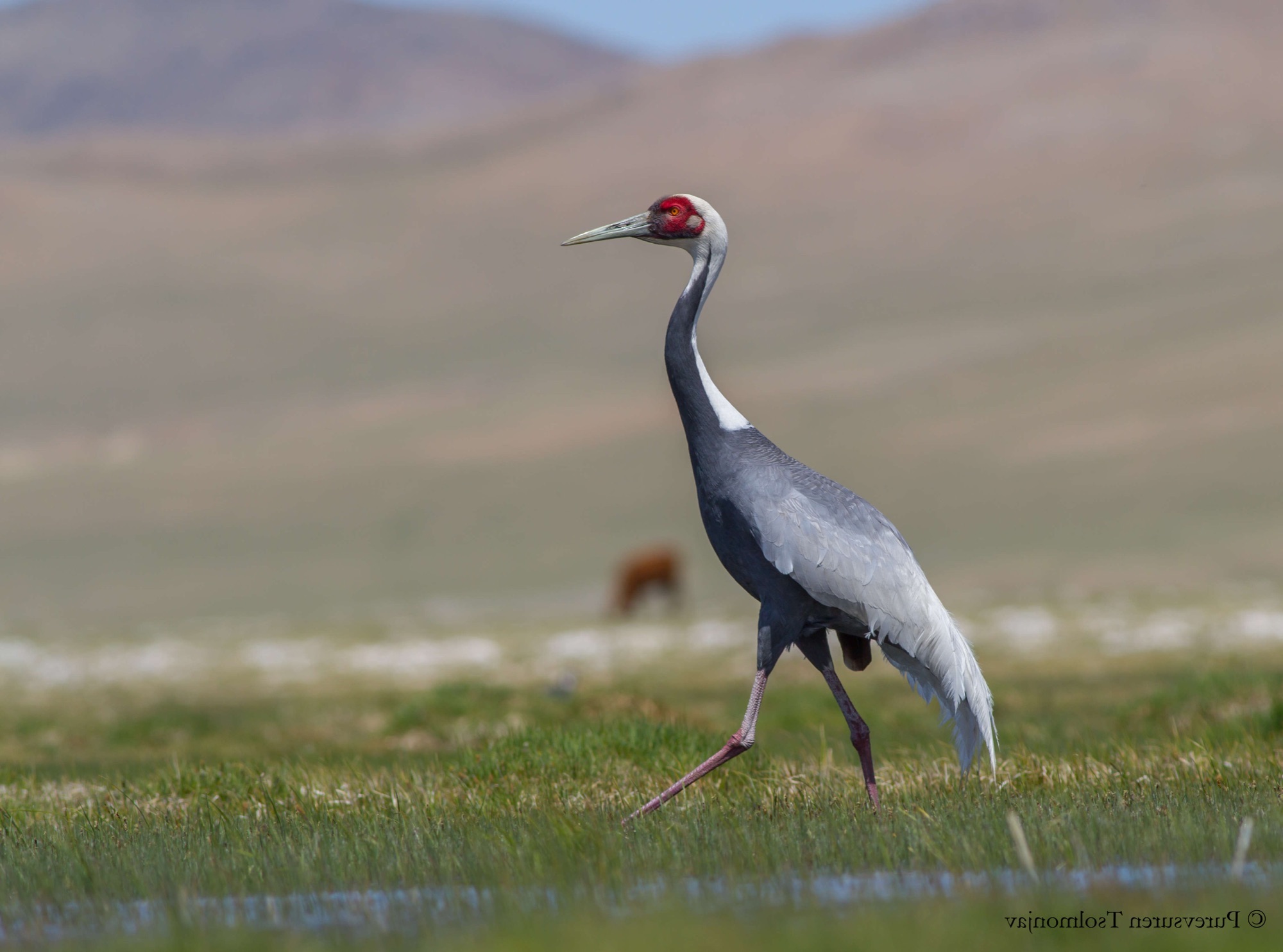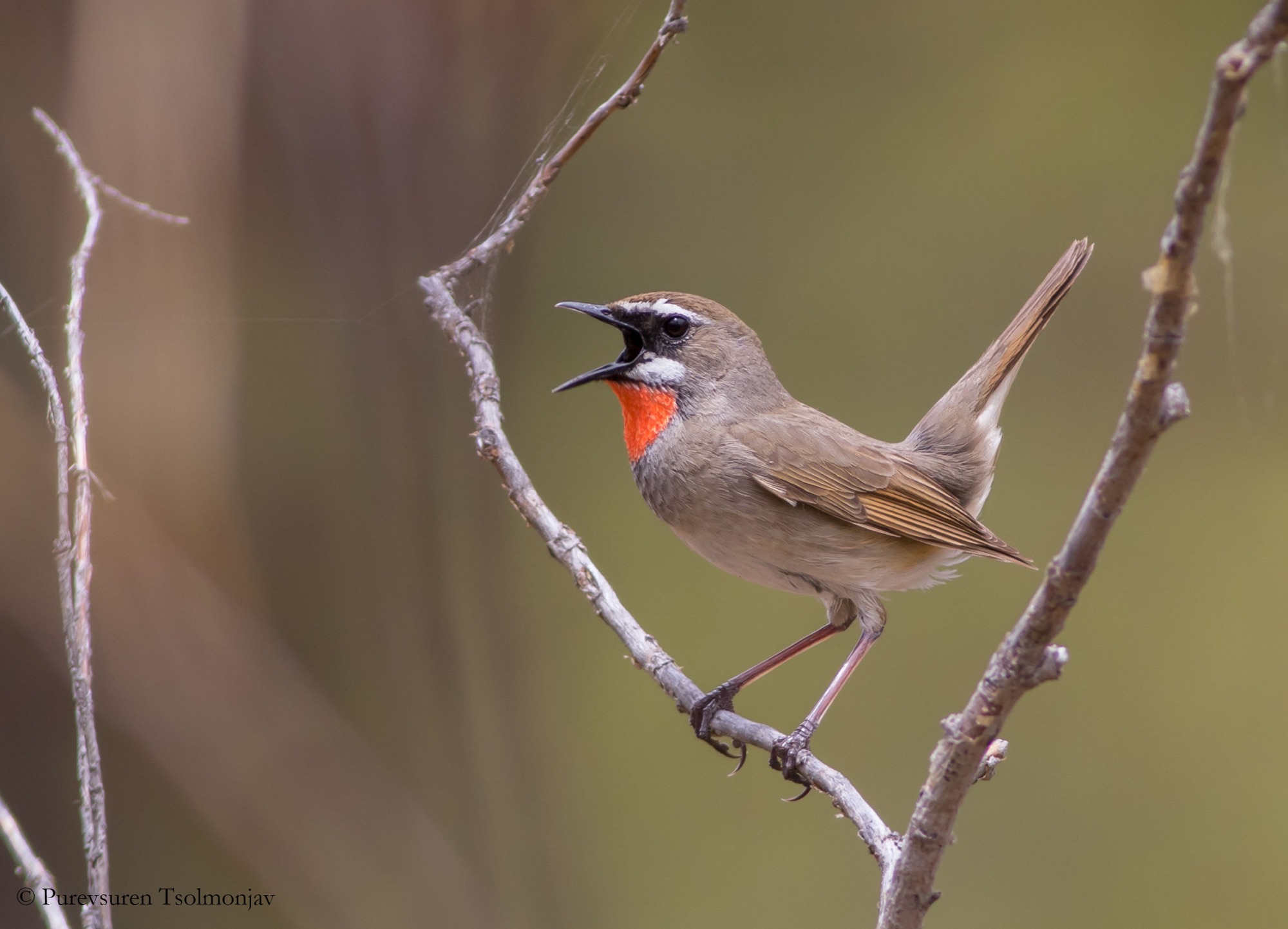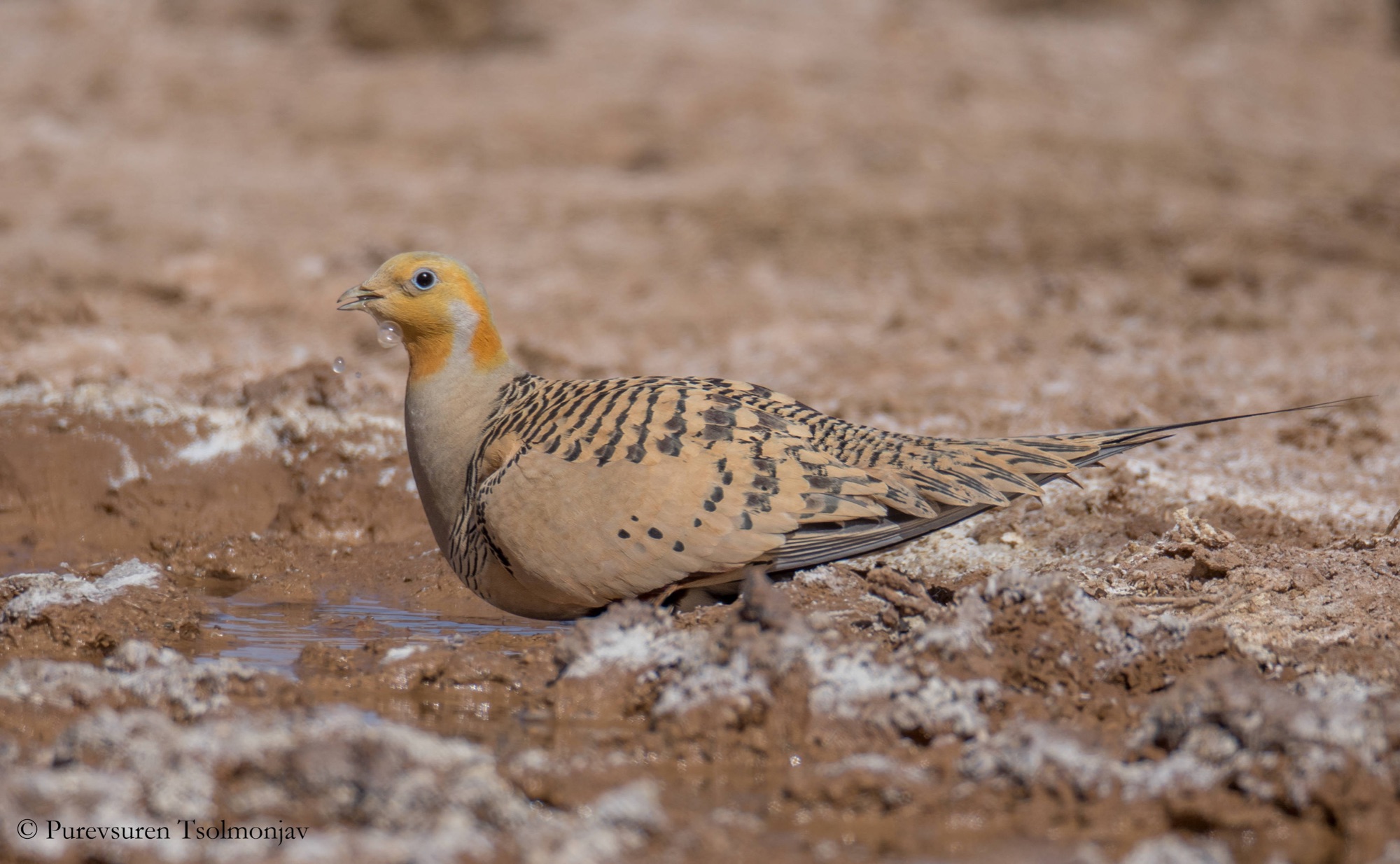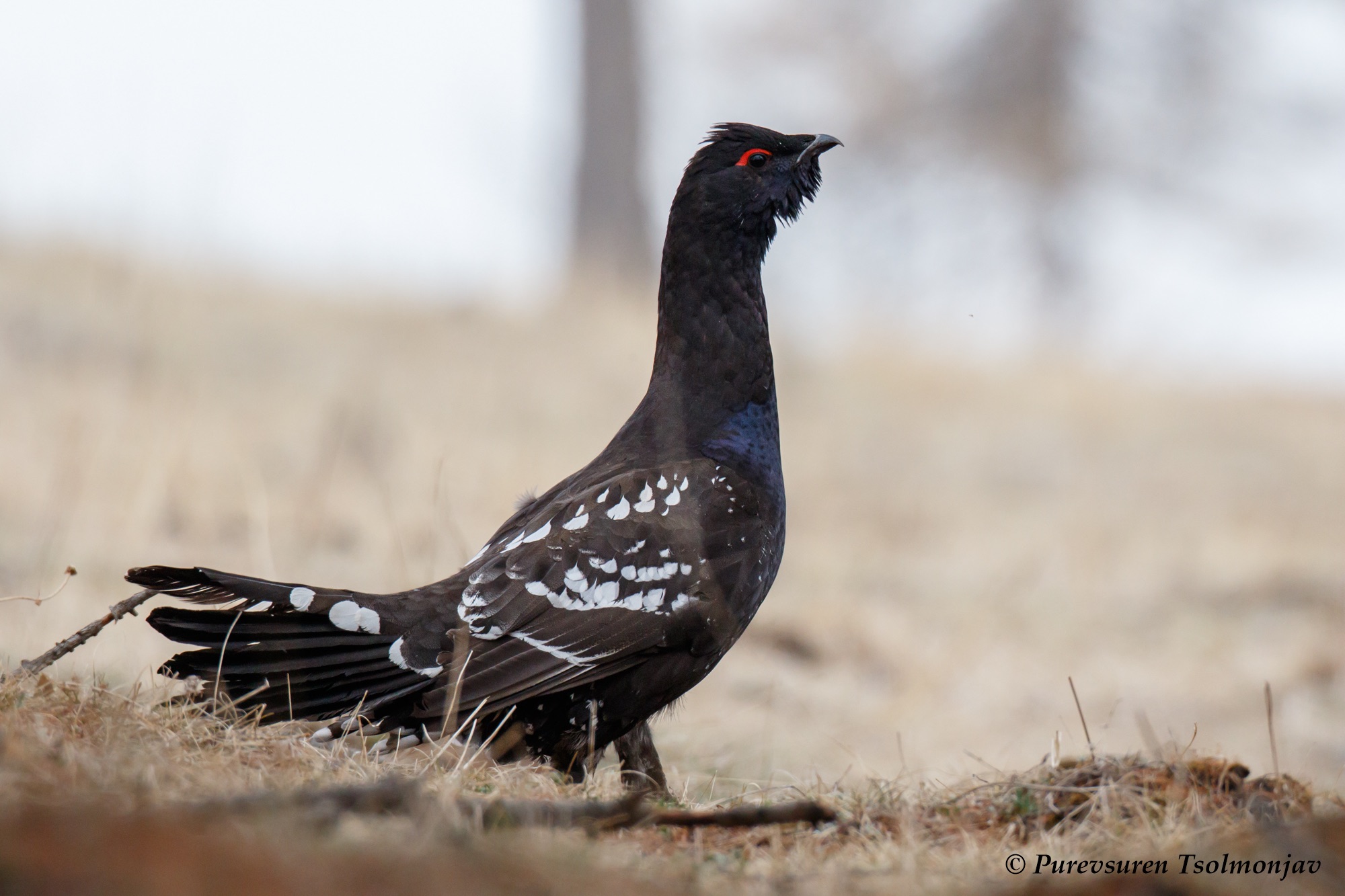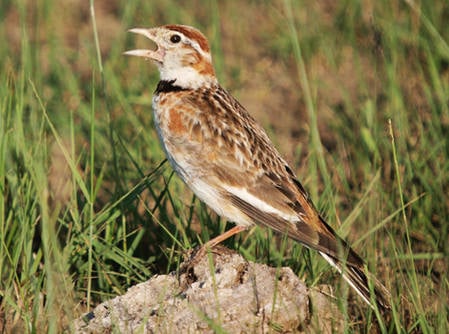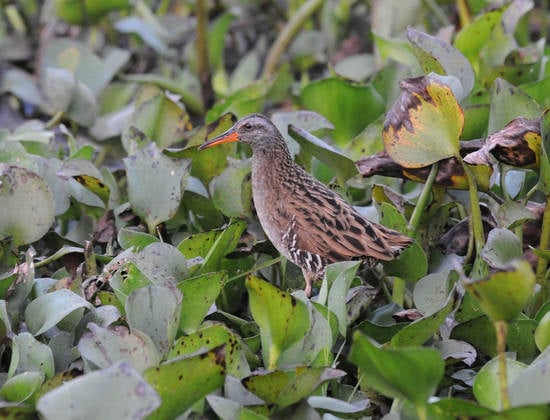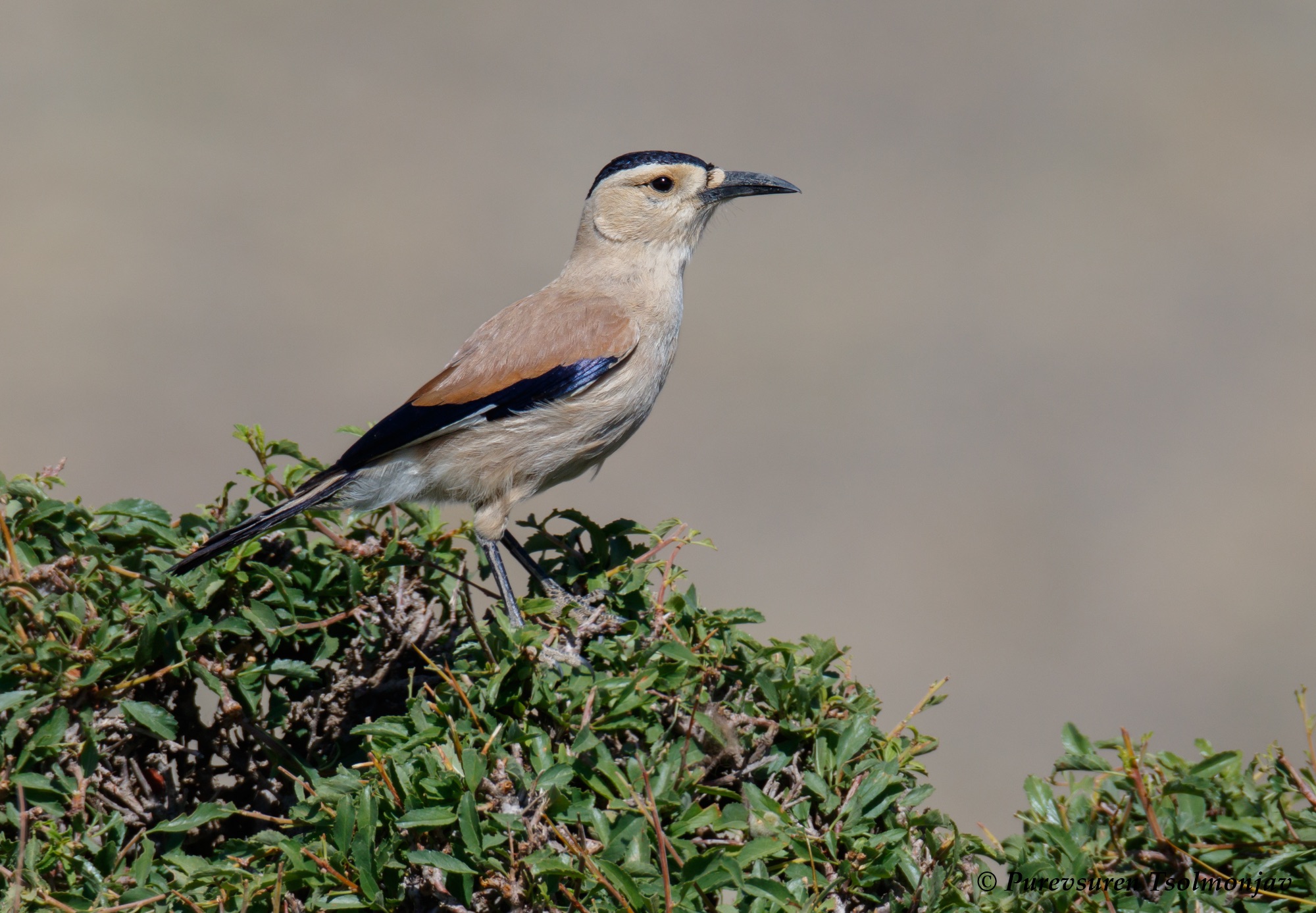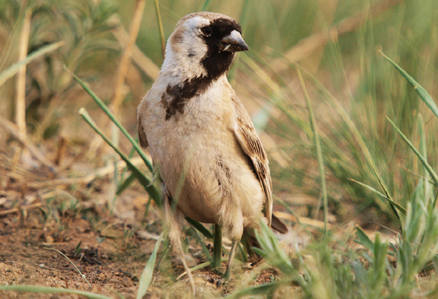MONGOLIA - Birding in a true wilderness
Day 1 ARRIVAL IN ULAANBATAAR, MONGOLIA - 20th May 2024
.Arrival into Buyant-Ukhaa Airport (formerly known as Chinggis Khaan Airport, Ulaanbataar, Mongolia (airport code UBN). Upon arrival you will be transferred to a hotel where we will rest and have dinner together.
Day 2 TERELJ NATIONAL PARK
This is an area of beautiful valleys, rocky outcrops, wild flower meadows and large areas of larch forest; indeed, this is the most southerly extension of the vast Eastern boreal forest known as taiga. As this time of year is the breeding season, birdlife should be plentiful.
We will base ourselves at our own camp for the duration and go out in search of the large number of new birds that await us. The main focus will be the tough-to-find Black-billed Capercaillie, a species that will require some lengthy walks through the rolling, open forest. We will concentrate our efforts on an area that is known to be a regular nesting site in anticipation of finding this spectacular bird in full breeding display. Exciting Eastern species that we expect to find include the very beautiful Pine Bunting and Red-throated Thrush with Olive-backed Pipit, Dusky Warbler, Oriental Cuckoo, Red-flanked Bluetail and the stunning Siberian Rubythroat all probable too. Our time here will give us plenty of opportunities to walk in this beautiful area and we are sure to come across species that are both new to us as well as those that are familiar. Asian Brown Flycatcher, Taiga Flycatcher, Common Rosefinch, Greenish Warbler, Pallas’s Warbler, Black-faced Bunting, White-backed Woodpecker and Black Woodpecker are likely to be seen alongside Great Tit, Great Spotted Woodpecker, Willow Tit and Eurasian Nuthatch while finding Chinese Bush Warbler will take a little more effort. Three-toed Woodpecker is another tempting species that we will be targeting here, never common but we have a great chance to see it here. Hazel Grouse, Eastern Buzzard, Black-faced Bunting and plenty of Yellow-browed Leaf Warblers will make this an exciting extension.
Day 3 GUN GALUUT NATURE RESERVE
.We will leave Terelj NP after breakfast and head to Gun Galuut NR. Gun Galuut NR has a great diversity of ecosystems even though it has a comparatively small area. The complex of high mountains, steppes, rivers, lakes and wetlands are kept in their original condition. We will visit a wetland where rare White-naped Cranes breed, and several small lakes for waterfowls and waders. Key species: White-naped Crane, Demoiselle Crane, Stejneger’s Scoter, Small Snowfinch and various waterfowl and waders. We will drive back to Ulaanbaatar in the afternoon and stay in a hotel.
Day 4 ULAANBAATAR - DALANZADGAD
.We will drive to the town of Dalanzadgad, capital of Umnugobi province, in the early morning. This will take us to the edge of the Gobi Desert. There are several tree plantations here and these attract many migrants in spring and autumn. On the way to our camp we will look for the awesome Oriental Plover in the northern steppe of Gobi Gurvan Saikhan Mountains. Night in Ger camp.
Day 5 YOLYN AM
.
After having early breakfast, we will drive to Yolyn Am and Mukhar Shivert valleys. Our exploration of the valleys, hill slopes and mountain ridges of this wild and scenic area will undoubtedly provide some excellent birding. One of the key prizes here is Mongolian (Kozlov's) Accentor, which is the only endemic breeding species in the country. Other species present here include Wallcreeper, Brown Accentor, Blyth’s Pipit, Sulphur-bellied Warbler, Beautiful Rosefinch and Mongolian Finch. At well over 2000m the Gobi Altai Mountains provide some spectacular scenery and as might be expected it is a good place for raptors. This area is a great place for getting good views of Bearded Vulture (Lammergeier) and it possible that we will also see Himalayan Griffon, Cinereous Vulture, Golden Eagle, Saker Falcon and Upland Buzzard. With habitat at this altitude we also have a chance of Altai Snowcock here. More widespread species occurring in this area include Rock Sparrow, Rufous-tailed Rock-Thrush, Barred Warbler, Alpine Accentor, Godlewski's Bunting, White-winged Snowfinch and many others. Possible mammals in this area include Siberian Ibex, Red Fox, Alashan Souslik, Mongolian Pika and Midday Gerbil. Night in Ger Camp.
Days 6 - 7 KHONGOR SAND DUNE
As if the Gobi Altai were not spectacular enough our destination on day six is the breath-taking, the shifting sand dunes of Khongoryn Els – this is what everyone’s idea of a desert really looks like. We will be birding along the route between Yloyn Am and Khongoryn Els and can expect Lesser Kestrel, Long-legged Buzzard as well as our first Pallas’s Sandgrouse, hopefully in large numbers. Khongor Sand Dune stretches about 185 km long and covers an area of 925 km2. On the way to the dune we will look for rare mammals such as Asiatic Wild Ass, Goitered Gazelle and Mongolian Gazelle. We aim to arrive at our camp in the afternoon giving us a little time to explore the immediate vicinity.
Next morning, after having early breakfast, we will go to the adjacent hilly area to look for Mongolian (Henderson's) Ground Jay. Then, we will visit a small patch of Saxaul forest to find Saxaul Sparrow, as well as Long-legged Buzzard, Asian Desert Warbler, Southern Grey Shrike and Desert Wheatear amongst others. Nights at “Buren” or “Gobi Erdene” Ger camp
Day 8 BAGA BOGD MOUNTAIN
The Baga Bogd (3600m) is a part of Gobi Altai mountain range and it is one of the best places to see magnificent Altai Snowcocks in close range without much effort. We will also see some other birds such as Wallcreeper, Pied Wheatear, Barrred & Sulphur-bellied Warblers, Godlewski's & Grey-necked Buntings, Mongolian Finch, White-winged Snowfinch and Alpine Accentor. Lammergeier and Himalayan Griffon Vulture are also frequently seen in these mountains and Chukar Partridge is probable too.
Days 9 - 10
HOLBOOLJ AND BUUNTSAGAAN LAKES
Over these two days we will explore some excellent wetlands starting at Holboolj Lake, which is an important site for a variety of waterbirds with both Relict Gull and Asian Dowitcher possible. The saline Buuntsagaan is the largest desert lake in the area and one of the important bird areas where we have further chances to see the much-wanted Relict Gull, as well as species such as Pallas’s Gull, White-winged Tern, Pallas’s Fish-Eagle and a good variety of waterfowl and waders such as Greater Sand Plover, Red-crested Pochard, Whooper Swan, Caspian Tern and many other scarcer birds to look for. Another major target here is the awesome Pallas’s Sandgrouse and our time here should give us an excellent chance to get fine views of this wonderful bird. At this location the never-ending skies, huge open spaces and remoteness will make home, and even Ulaanbataar, seem like a million miles away. We will spend the nights in a nearby “ger” camp.
Days 11 - 12
KHANGAI MOUNTAIN
We will spend 2 days exploring the alpine meadows in the southern portion of the Khangai Mountain range in search of the rare Hodgson’s Bushchat. Other new species here include Altai Accentor, White-winged Redstart, Blyth’s Pipit and Eastern Water Pipit. Accommodation: Pitch tents
Day 13 TAKHILT LAKE - BAYAN LAKE
We continue our adventure travelling across this vast wilderness after another open air breakfast. As we travel there will be chances to stop and admire raptors – Saker Falcon, Cinereous Vulture, Steppe Eagle and Upland Buzzard are all birds that we will become familiar with over the course of our journey.
The Bayan Lake is one of important bird areas and must-visit sites. The reedbeds hold several species of birds associated with reeds. On the way, we will visit Takhilt Lake. Key species here include White-naped Crane, Eastern Marsh Harrier, Bearded Reedling, Pallas's Grasshopper Warbler, Oriental Reed Warbler, Paddyfield Warbler, Pallas’s Reed Bunting and Eastern Yellow Wagtail, Accommodation: Pitch tents
Day 14 HUSTAI NATIONAL PARK
Hustai National Park was established in 1993 to protect reintroduced wild horses also known as Przewalski’s horse. The park also supports a large number of Wapiti and Tarbagan Marmots and on the southern steppe of the park there are some Mongolian Gazelles. The park also provides important habitats for a range of bird species, especially raptors like vultures, eagles and falcons. Key species here include Golden Eagle, Steppe Eagle, Saker Falcon, Amur Falcon, Daurian Partridge, Lesser Kestrel, Meadow Bunting and the stunning Mongolian Lark. Accommodation: “Hustai” Ger camp
Days 15 TERELJ NATIONAL PARK
We will visit different parts of Terelj National Park at the end of the trip because some species like Chinese Bush Warbler arrive at the breeding ground later than most species. Other birds we will look for are Siberian Rubythroat, Black-faced Bunting, Dusky Warbler and Daurian Redstart. We will stay at Terelj Lodge Ger camp overnight.
Day 16 TUUL RIVER - ULAANBAATAR
We will visit the Tuul river valley and nearby low, rocky hills a short distance outside of Ulaanbataar; even this close to the capital city the untamed nature of the country is obvious. This area of willow woodland, farmland, meadows and riverine habitat are home to several specialities such as the lovely Azure Tit, White-crowned Penduline Tit, Hill Pigeon, Long-tailed Rosefinch, Daurian Jackdaw, both Meadow & Pine Buntings (and possibly Yellow-breasted Bunting if we are very lucky), as well as Amur Falcon, Azure-winged Magpie, Daurian Redstart and White-cheeked Starling. Investigating a number of good birding spots we also have a good chance of finding White-backed & Lesser Spotted Woodpeckers, Isabelline Wheatear, Pallas’s Leaf Warbler, Two-barred Warbler and Brown Shrike, while visiting some pools will likely reveal some birds we are more familiar with such as Great Crested Grebe, Whooper Swan, Goosander and other waterfowl. Black Stork, Booted Eagle and other raptors may be seen overhead, while Black-eared Kite and Red-billed Chough will be seen even in the city. (Oriental) Rook and Oriental (Carrion) Crow will allow us to debate the merits of splitting them over dinner back in Ulaanbataar. Accommodation: Mongolica Hotel
Day 17 End of Tour – 5th June 2024
Transfers to the airport and end of our Mongolian birding adventure.
All photos copyright Purevsuren Tsolmonjav
